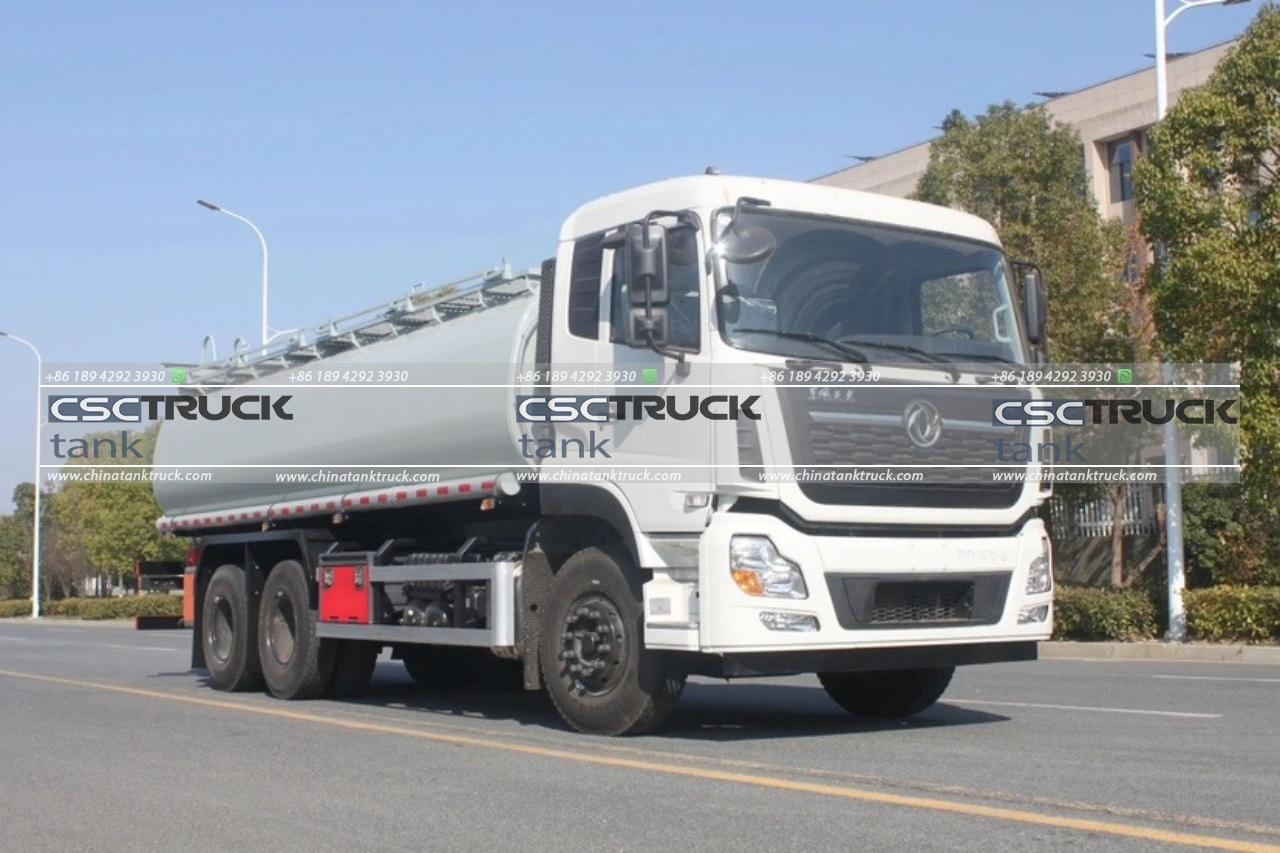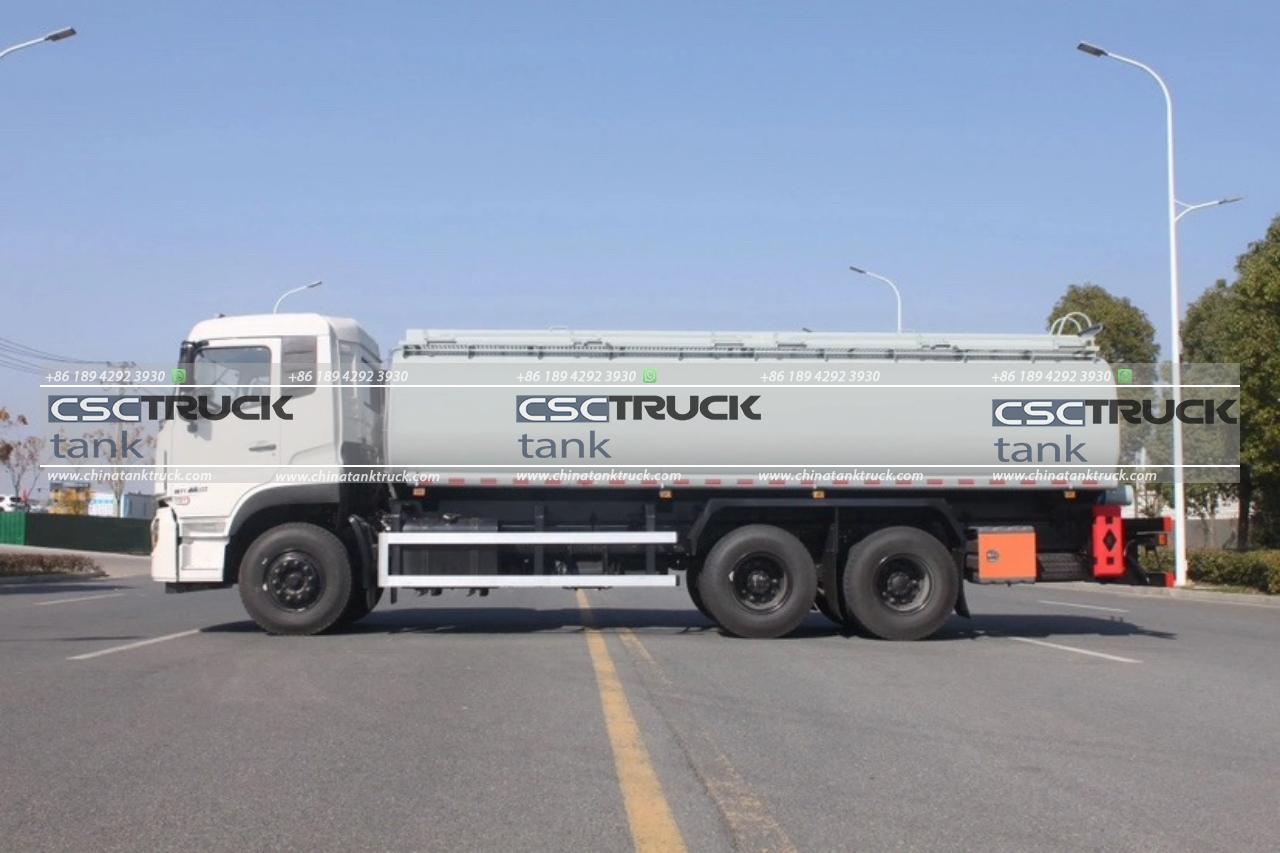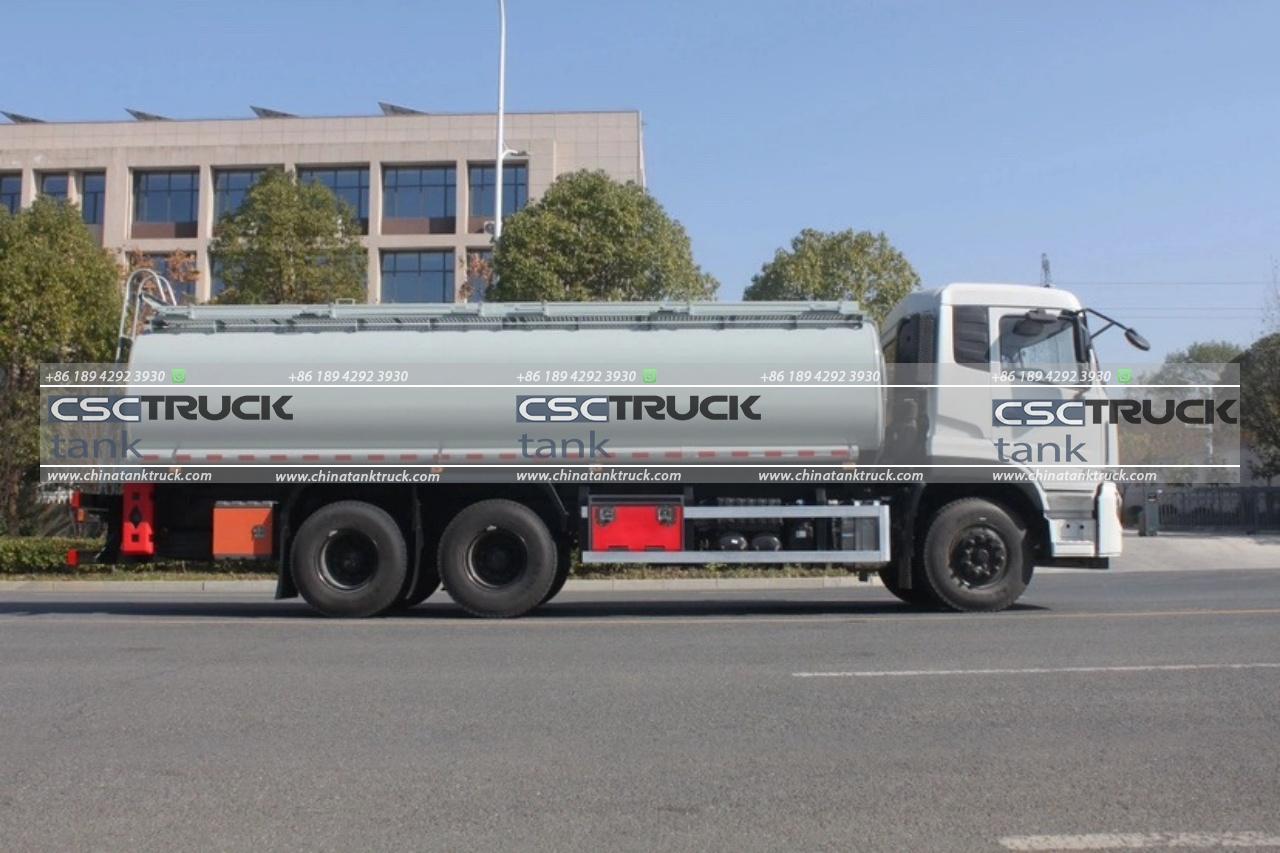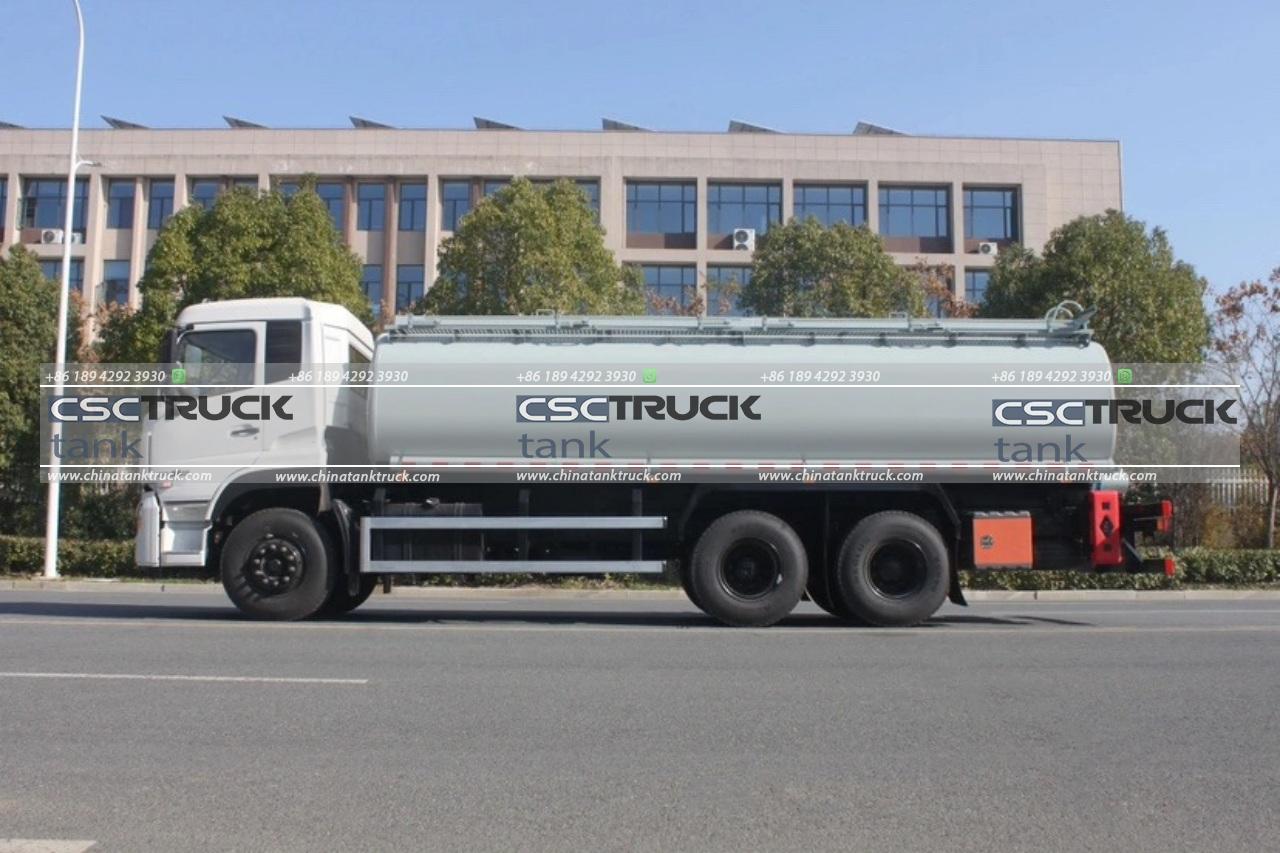Can Crude Oil be Transported by Trucks?
Transporting crude oil is essential to meeting the energy demands of our modern society. Pipelines, rail, ships, and trucks are all utilized to get this vital resource from extraction sites to refineries or storage facilities. While pipelines and railways are the most common methods for transporting crude oil over long distances, trucks play a key role in certain scenarios where other methods may not be feasible. This article explores the role of trucks in transporting crude oil, their benefits and limitations, the types of trucks used, and the safety regulations that govern crude oil transportation by road.
The Role of Trucks in Crude Oil Transportation
Trucks play an essential but limited role in the crude oil supply chain. Although they are not the primary method for long-haul crude oil transportation, they are highly effective for short distances. For instance, trucks are commonly used to transport crude oil from remote drilling sites, where pipelines or rail access may be impractical or economically unviable, to nearby storage tanks or pipeline hubs. Trucks also serve as a valuable contingency option, helping maintain the supply chain when pipelines or rail systems are out of service.

Types of Trucks Used for Crude Oil Transport
Transporting crude oil requires specialized trucks equipped with specific safety features to ensure that the oil is securely and efficiently moved. The primary types of trucks used for this purpose are:
1. Tank Trucks:
Tank trucks, also known as tanker trucks, are the most common vehicles used to transport crude oil on roads. These trucks have large, cylindrical tanks mounted on the chassis, typically made from stainless steel or aluminum to withstand the corrosive properties of crude oil. These trucks vary in size, with capacities generally ranging from 5,000 to 11,000 gallons, depending on road regulations and truck specifications.
2. Vacuum Trucks:
Vacuum trucks are another type of vehicle used, primarily for gathering oil and other liquids from drilling sites. They are equipped with pumps that create a vacuum to load oil into the tank, making them ideal for areas where crude oil cannot flow freely into a tank truck. While they are mainly used for cleanup and maintenance, vacuum trucks can serve to transport small amounts of crude oil over short distances.
3. Semi-Trailer Trucks:
Semi-trailer trucks are larger vehicles that may carry multiple compartments for transporting different types of oil products, including crude oil. These trucks are useful when various products must be delivered in a single trip, though they are more commonly used for refined products than raw crude oil.
Benefits of Using Trucks for Crude Oil Transport
The primary advantage of using trucks for crude oil transport is their flexibility. Trucks can access remote locations that pipelines, railways, and ships cannot reach, particularly in the early stages of extraction in remote drilling sites. Trucks provide a cost-effective solution for these short distances, making them valuable for new or small-scale production sites.
Additionally, trucks offer agility in meeting immediate demand, which is especially useful in fluctuating oil markets. They can be quickly deployed to move crude oil from sites that may need short-term transportation services without the substantial investment required to build a pipeline or the scheduling constraints of rail or shipping. Trucks also serve as backup options when other modes of transportation are unavailable due to maintenance, strikes, or natural disasters.

Limitations of Truck-Based Crude Oil Transport
Despite these benefits, there are notable limitations to using trucks for crude oil transportation, particularly over long distances. One significant drawback is the limited carrying capacity. Trucks can only carry a fraction of the volume that pipelines, railcars, or ships can handle in a single trip. This makes trucking an impractical solution for transporting large quantities of crude oil over long distances, as it would require a constant fleet of trucks, leading to increased operational costs.
Another limitation is the higher environmental impact associated with road transportation. Trucks burn diesel fuel, emitting greenhouse gases and pollutants that contribute to climate change. Moreover, the risk of oil spills and accidents is considerably higher on roadways than within the more controlled environments of pipelines or ships.
Cost considerations also play a role. While trucks are economical for short distances, they become costly for longer hauls, where the costs of fuel, driver wages, maintenance, and tolls add up significantly.
Safety Concerns and Regulations
Crude oil is classified as a hazardous material, and transporting it requires stringent safety regulations. In the United States, the Department of Transportation (DOT) and the Pipeline and Hazardous Materials Safety Administration (PHMSA) oversee the regulations for transporting crude oil by truck. These regulations cover various aspects, including:
1. Vehicle Specifications:
Trucks transporting crude oil must meet specific safety standards, such as double-walled tanks, pressure-release valves, and spill containment mechanisms to minimize the risk of leaks or explosions.
2. Driver Training and Certification:
Truck drivers handling crude oil shipments must be specially trained and certified in hazardous materials (HazMat) transportation. This training includes procedures for safely loading, transporting, and unloading crude oil, as well as emergency response protocols in case of an accident or spill.
3. Route Planning and Speed Limits:
Many jurisdictions impose specific routes and speed limits for trucks carrying crude oil, ensuring they travel on the safest, least congested paths. Additionally, some areas require truck operators to notify local authorities of their routes and schedules to prepare emergency response teams.
4. Emergency Response Plans:
Transport companies must have emergency response plans in place for accidents or spills. This includes coordination with local emergency services, ensuring proper spill response equipment is available, and training personnel to handle potential hazards.

Technological Advances in Truck-Based Crude Oil Transport
To improve the safety, efficiency, and environmental impact of truck-based crude oil transport, the industry is incorporating several new technologies:
1. Real-Time Monitoring Systems:
Advanced GPS tracking and real-time monitoring systems allow companies to track trucks, monitor driving behavior, and detect potential issues with the oil load, such as sudden temperature fluctuations or leaks.
2. Automated Safety Systems:
Trucks transporting crude oil are increasingly equipped with automated systems, such as stability control and collision avoidance technology, to minimize the risk of accidents on the road.
3. Improved Tanker Materials:
Tankers are now being manufactured with corrosion-resistant and lightweight materials, which not only improve safety but also reduce fuel consumption, thereby decreasing emissions.
4. Electric and Hybrid Trucks:
Although still in the early stages, electric and hybrid trucks are emerging as environmentally friendly options for transporting crude oil over short distances. These vehicles can help reduce the carbon footprint associated with crude oil transportation, though they are not yet widely used for this purpose.
Future Outlook for Truck-Based Crude Oil Transport
As the oil industry moves towards increased environmental responsibility and efficiency, the role of trucks in crude oil transport is likely to evolve. Trucks will remain an essential part of the supply chain for short-haul movements, especially in remote or newly developed oil fields. However, as pipeline infrastructure expands and alternative transportation methods become more efficient, the reliance on trucks for crude oil transport may diminish.
With advances in electric and automated trucking technology, the environmental and safety profile of truck-based crude oil transport could improve in the coming years. These innovations may allow trucks to play a larger role in crude oil logistics while addressing concerns over emissions and road safety.

Conclusion
Trucks provide a vital but specialized function in transporting crude oil, particularly for short distances or in regions where pipelines and railways are not feasible. While they are not the most efficient option for long-haul transport due to capacity limitations and environmental impact, trucks offer flexibility and immediacy that other methods lack. As technology and infrastructure continue to evolve, the role of trucks in the crude oil supply chain may shift, potentially contributing to a safer and more sustainable energy industry.

